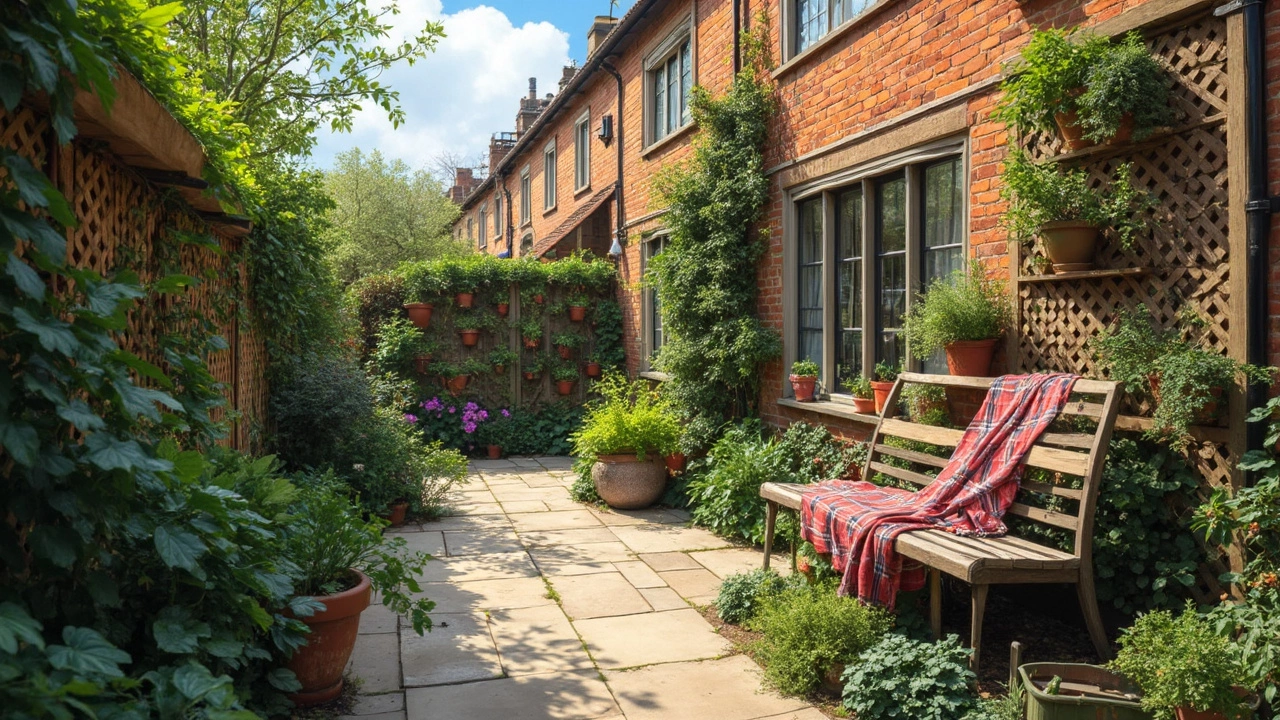Gardening Strategies: Easy Ways to Make Your Garden Thrive
Thinking about turning a dull backyard into a lively garden? The right strategies can save you time, money, and headaches. Start with a quick walk around your space. Notice where the sun hits, where shade lingers, and which areas stay damp. This simple observation tells you what plants will love the spot.
Plan Your Layout Before You Plant
Sketch a rough map on paper or use a phone app. Mark pathways, seating zones, and any existing trees. Keep the high‑traffic areas clear so you don’t have to step over pots. Group plants with similar water and light needs together – it cuts down on extra watering and makes maintenance smoother.
One trick many pros use is the "three‑zone" method: sunny, partially shaded, and fully shaded. Plant vegetables and herbs in the sunny zone, ornamental grasses in the partial shade, and ferns or hostas in the darkest spots. This way you’re not guessing what will survive.
Soil, Water, and Plant Choices
Good soil is the foundation of any garden. Grab a handful of your garden soil and squeeze it. If it crumbles, you’re good. If it feels hard, add compost or well‑rotted manure. Mixing in a bit of sand improves drainage for heavier soils.
Water wisely. Early morning watering reduces evaporation and helps plants take up nutrients. Use a soaker hose or drip line for beds – it delivers water right to the roots and cuts waste. A mulched bed keeps the soil moist longer and stops weeds from popping up.
When picking plants, choose native or region‑adapted varieties. They handle local pests and weather better, meaning fewer chemicals and less effort. For a quick boost in garden value, add a few standout features: a small water element, raised beds, or a well‑placed pergola. These upgrades not only look good but can raise your property’s market price.
Seasonal care keeps the garden looking fresh year‑round. In spring, prune dead stems and add a slow‑release fertilizer. Summer calls for regular deadheading and checking for pests. In autumn, clear spent foliage and add a layer of mulch to protect roots over winter.
Lastly, keep a garden journal. Jot down planting dates, weather patterns, and what worked or didn’t. Over time you’ll spot patterns that help you fine‑tune your strategies.
With these straightforward gardening strategies, you’ll see faster growth, fewer problems, and a space that feels like a personal retreat. Ready to get your hands dirty? Start small, stay consistent, and watch your garden transform.
